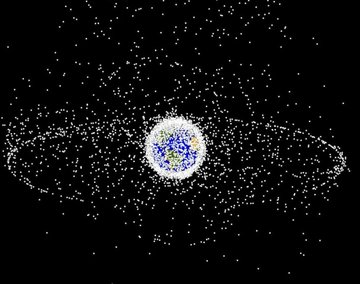
In 2018, SpaceX sent a small robot called CIMON aboard on its Dragon cargo capsule to the International Space Station.
Space Exploration Technologies Corporation, or SpaceX, founded by Elon Musk in 2002, refused to give up easily. Its first three attempts to launch its Falcon 1 rocket between 2006 and 2008 failed. In 2010, the company then shifted to building a much bigger rocket called Falcon 9. Gradually, it began to deliver cargo to the International Space Station for NASA. The next decade saw the California-based aerospace company transform itself because of its ability to lower the cost of space travel drastically. On May 27, 2020, NASA launched people for the first time in 10 years aboard a rocket owned not by NASA but SpaceX: a Dragon 2 capsule on a Falcon 9 rocket.
In the recent past, SpaceX has come to manage two-thirds of NASA’s launches as well as research. The company also bagged a contract worth USD 2.9 billion to build a moon lander. Besides, SpaceX is very optimistic about its heavy-lift rocket Starship, which is currently in testing, and could potentially make interplanetary travel more affordable than it was ever before. What wasn’t apparent before is how much of SpaceX’s advances in space travel are centred around AI.
Par un nouveau décret, l’Etat affiche son ambition de renforcer sa propre cybersécurité
